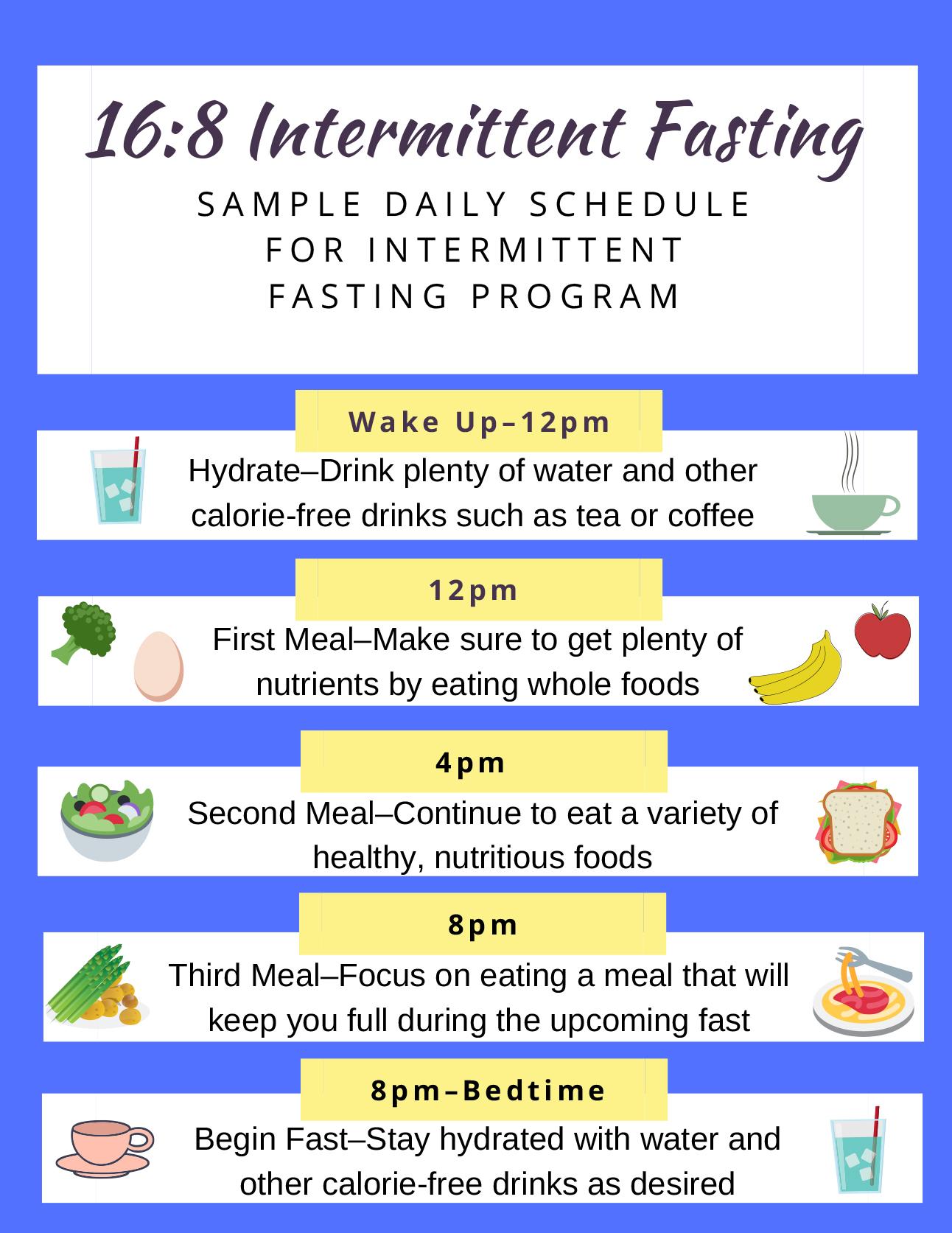In the quest for effective weight management strategies, intermittent fasting has emerged as a compelling approach, particularly for targeting stubborn belly fat. This dietary pattern, characterized by alternating periods of eating and fasting, has gained popularity not only for its simplicity but also for its potential health benefits. As research continues to unravel the complexities of metabolism and fat loss, intermittent fasting stands out for its ability to harness the body’s natural processes to promote fat reduction. This article delves into the analytical framework of intermittent fasting, examining how it can be strategically employed to lose belly fat. By understanding the science behind this method and exploring practical implementation strategies, readers will gain a confident grasp of how to integrate intermittent fasting into their lifestyle for optimal results.
Understanding the Science Behind Intermittent Fasting and Belly Fat Reduction
Intermittent fasting (IF) is more than just a dietary trend; it’s a scientifically-backed method that leverages the body’s natural processes to optimize fat loss, particularly in the abdominal region. At its core, IF manipulates the timing of food intake to trigger metabolic pathways that favor fat burning. During fasting periods, insulin levels drop, allowing the body to access stored fat more efficiently. This shift in energy utilization can lead to a significant reduction in belly fat over time.
Several studies have shown that intermittent fasting can enhance the body’s ability to burn fat by increasing the production of norepinephrine, a hormone that boosts metabolism. Additionally, IF has been linked to increased human growth hormone levels, which further aids in fat breakdown. Key benefits of intermittent fasting include:
- Improved Insulin Sensitivity: Helps the body regulate glucose levels more effectively, reducing fat storage.
- Enhanced Fat Oxidation: Promotes the use of fat as a primary energy source.
- Reduction in Inflammation: Lowers chronic inflammation that can contribute to belly fat accumulation.

Optimizing Fasting Schedules for Effective Belly Fat Loss
To harness the full potential of intermittent fasting for belly fat reduction, it’s crucial to select a fasting schedule that aligns with your lifestyle and metabolic needs. One popular approach is the 16/8 method, where you fast for 16 hours and eat during an 8-hour window. This schedule can be particularly effective as it allows the body ample time to deplete glycogen stores and initiate fat burning. Alternatively, the 5:2 diet, which involves eating normally for five days and restricting calorie intake to 500-600 calories for two non-consecutive days, might suit those who prefer flexibility. Key factors to consider when choosing a schedule include:
- Personal Circadian Rhythms: Align fasting windows with natural energy peaks to enhance metabolic efficiency.
- Lifestyle and Social Commitments: Choose a plan that allows for social meals and personal commitments without added stress.
- Work and Activity Levels: Tailor fasting periods around work hours and physical activity to maintain energy levels.
Remember, consistency is paramount. Regularly adhering to your chosen fasting schedule can optimize hormonal balance, enhance fat oxidation, and ultimately contribute to a leaner midsection. Adaptation might take a few weeks, so patience and perseverance are essential.

Combining Intermittent Fasting with Nutrient-Dense Meals for Maximum Results
Integrating intermittent fasting with a focus on nutrient-dense meals can significantly enhance fat loss, particularly around the abdomen. This strategy involves not just timing your meals but also ensuring each one is packed with essential nutrients. By consuming foods rich in vitamins, minerals, and healthy fats, you maintain energy levels and optimize metabolic function, making your fasting periods more effective.
- Focus on Whole Foods: Incorporate a variety of fruits, vegetables, lean proteins, and whole grains. These foods provide sustained energy and help regulate blood sugar levels.
- Include Healthy Fats: Avocados, nuts, seeds, and olive oil not only support satiety but also improve overall nutrient absorption.
- Prioritize Protein: Lean meats, fish, legumes, and dairy can aid in muscle maintenance and repair, crucial for those engaging in regular physical activity.
- Stay Hydrated: Drinking water, herbal teas, or infused waters can help control hunger and improve digestion during fasting windows.
By aligning your eating patterns with nutrient-rich foods, you leverage the benefits of fasting while ensuring your body gets what it needs to function optimally. This dual approach not only targets belly fat but also promotes overall well-being.

Monitoring Progress and Adjusting Strategies for Sustainable Belly Fat Reduction
When embracing intermittent fasting to shed belly fat, it’s crucial to continuously monitor your progress and fine-tune your approach. This process isn’t just about stepping on the scale; it involves a holistic evaluation of your journey. Consider tracking your waist circumference along with your weight, as this provides a more direct measure of abdominal fat reduction. Regularly assess your energy levels and mood to ensure that the fasting schedule you follow is sustainable and doesn’t lead to fatigue or irritability. Additionally, keep a journal to record any changes in your eating habits or cravings, as these insights can be invaluable for adjusting your strategy.
Adapting your approach is key to maintaining momentum. If progress stalls, it might be time to alter your fasting window or incorporate different fasting protocols, such as switching from a 16:8 to a 5:2 method. Evaluate your nutritional intake to ensure that you’re consuming enough proteins and healthy fats, which can support muscle retention and provide sustained energy. Consider the following adjustments:
- Experiment with different fasting schedules to find what best suits your lifestyle and body.
- Increase your physical activity, focusing on exercises that target the core.
- Stay hydrated and ensure you’re getting adequate rest to support your body’s natural fat-burning processes.
By staying observant and flexible, you can refine your intermittent fasting strategy to effectively target belly fat while promoting overall well-being.
